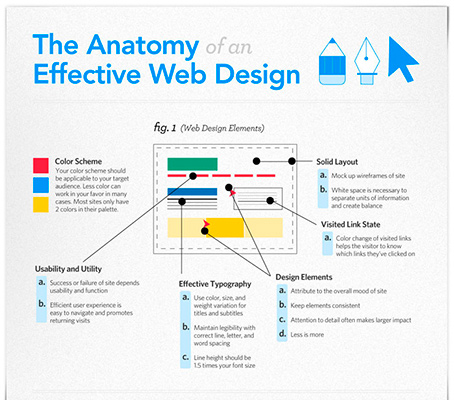Fascinated In Discovering Just How Website Style Has Advanced Over The Years? Explore The Journey From Basic, Simple Styles To User-Centric User Interfaces That Focus On The Site Visitor'S Experience
Fascinated In Discovering Just How Website Style Has Advanced Over The Years? Explore The Journey From Basic, Simple Styles To User-Centric User Interfaces That Focus On The Site Visitor'S Experience
Blog Article
Short Article Created By-Dalrymple Gibbons
In the past, internet sites were basic and focused on information. https://jasperojcxr.blog4youth.com/30424263/optimize-your-website-s-possibility-with-on-page-search-engine-optimization-tricks-that-transform-your-on-the-internet-visibility-and-astound-target-markets was direct, and style was for desktop computers. Currently, https://smallbiztrends.com/2022/02/areas-small-business-marketers-should-focus.html is essential. Information guides designs for very easy navigating. Responsive layouts fit various gadgets. Today, dark setting decreases pressure, and minimalist food selections improve navigation. Interactive features engage individuals, and strong visuals attract attention. AI assimilation boosts engagement. See how design has evolved to boost your on-line journey.
Very Early Days of Website Design
In the very early days of website design, simplicity reigned supreme. Web sites were basic, with limited colors, font styles, and designs. The focus was on giving details rather than fancy visuals. Customers accessed the web via slow dial-up links, so rate and performance were vital.
Navigating menus were straightforward, usually located on top or side of the web page. Web sites were created for desktop, as mobile surfing had not been yet widespread. Material was king, and developers focused on easy readability over complicated design components.
HTML was the primary coding language used, and designers needed to work within its restrictions. Animations and interactive functions were marginal compared to today's criteria. Sites were fixed, with little vibrant web content or tailored user experiences.
Surge of User-Focused Design
With the evolution of site design, a change towards user-focused design concepts has actually ended up being increasingly prominent. Today, creating sites that prioritize individual experience is vital for involving site visitors and achieving business objectives. User-focused style includes recognizing the demands, preferences, and actions of your target market to tailor the website's layout, web content, and includes appropriately.
Designers now perform detailed study, such as user studies and functionality screening, to gather understandings and feedback straight from customers. This data-driven strategy aids in developing intuitive navigating, clear calls-to-action, and aesthetically appealing interfaces that resonate with site visitors. By putting the user at the center of the style process, web sites can provide an extra customized and pleasurable experience.
Responsive layout has also emerged as a key aspect of user-focused layout, making certain that internet sites are optimized for various gadgets and screen sizes. This adaptability enhances accessibility and usability, satisfying the diverse methods customers communicate with web sites today. In essence, the surge of user-focused design indicates a change towards producing electronic experiences that focus on the requirements and expectations of the end individual.
Modern Trends in Web Design
Explore the most up to date fads forming web design today. One prominent trend is dark setting design, offering a sleek and modern-day appearance while decreasing eye strain in low-light settings. One more essential trend is minimal navigating, streamlining menus and improving customer experience by concentrating on essential elements. Integrating micro-interactions, such as animated switches or scrolling impacts, can produce a much more engaging and interactive internet site. Responsive design stays crucial, making certain seamless customer experiences across different devices. Furthermore, using vibrant typography and asymmetrical layouts can include visual interest and accentuate specific material.
Incorporating seo for my website , like chatbots for consumer support or tailored suggestions, enhances customer involvement and streamlines procedures. Accessibility has likewise end up being a significant trend, with developers prioritizing comprehensive design techniques to accommodate varied individual needs. Welcoming sustainability by enhancing internet site performance for speed and performance is one more emerging pattern in web design. Working together with user feedback and data analytics to iterate and improve layout continually is important for remaining appropriate in the ever-evolving electronic landscape. By embracing these modern fads, you can develop an aesthetically appealing, easy to use web site that reverberates with your audience.
Conclusion
As you reflect on the evolution of web site style from the early days to now, you can see how user-focused design has become the driving pressure behind contemporary patterns.
Embrace the trip of adjustment and adaptation in website design, constantly keeping the individual experience at the center.
Stay present with the most recent trends and technologies, and never ever stop progressing your method to produce visually magnificent and user-friendly web sites.
Develop, adapt, and create - the future of web design remains in your hands.
